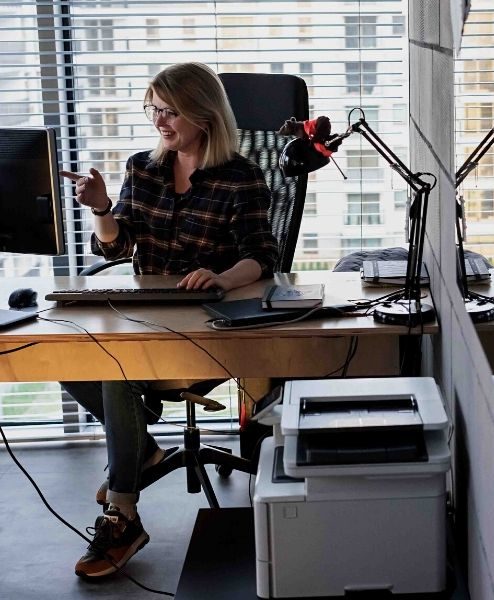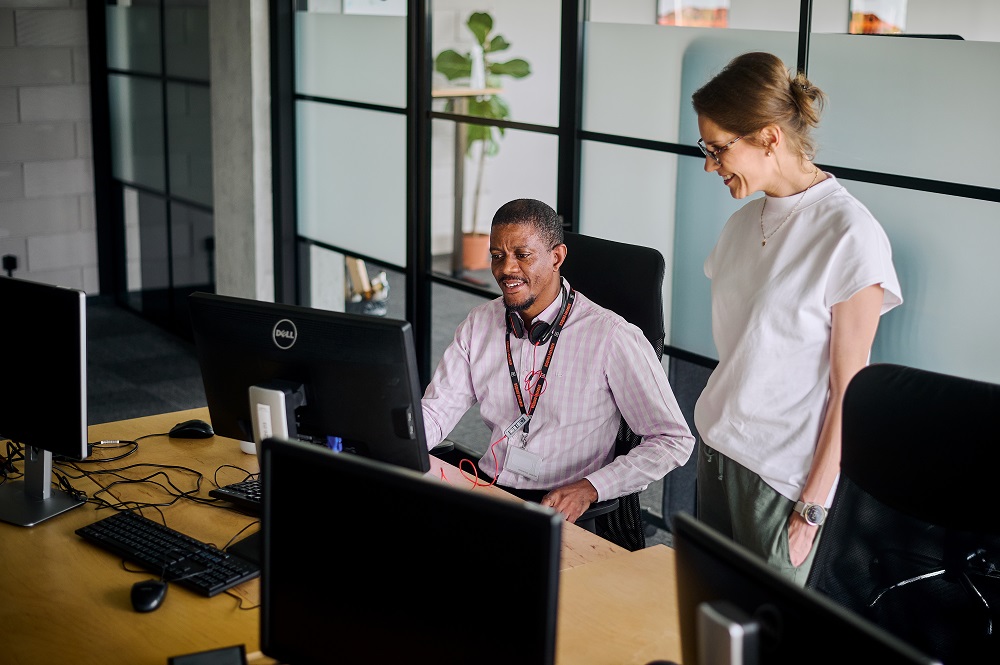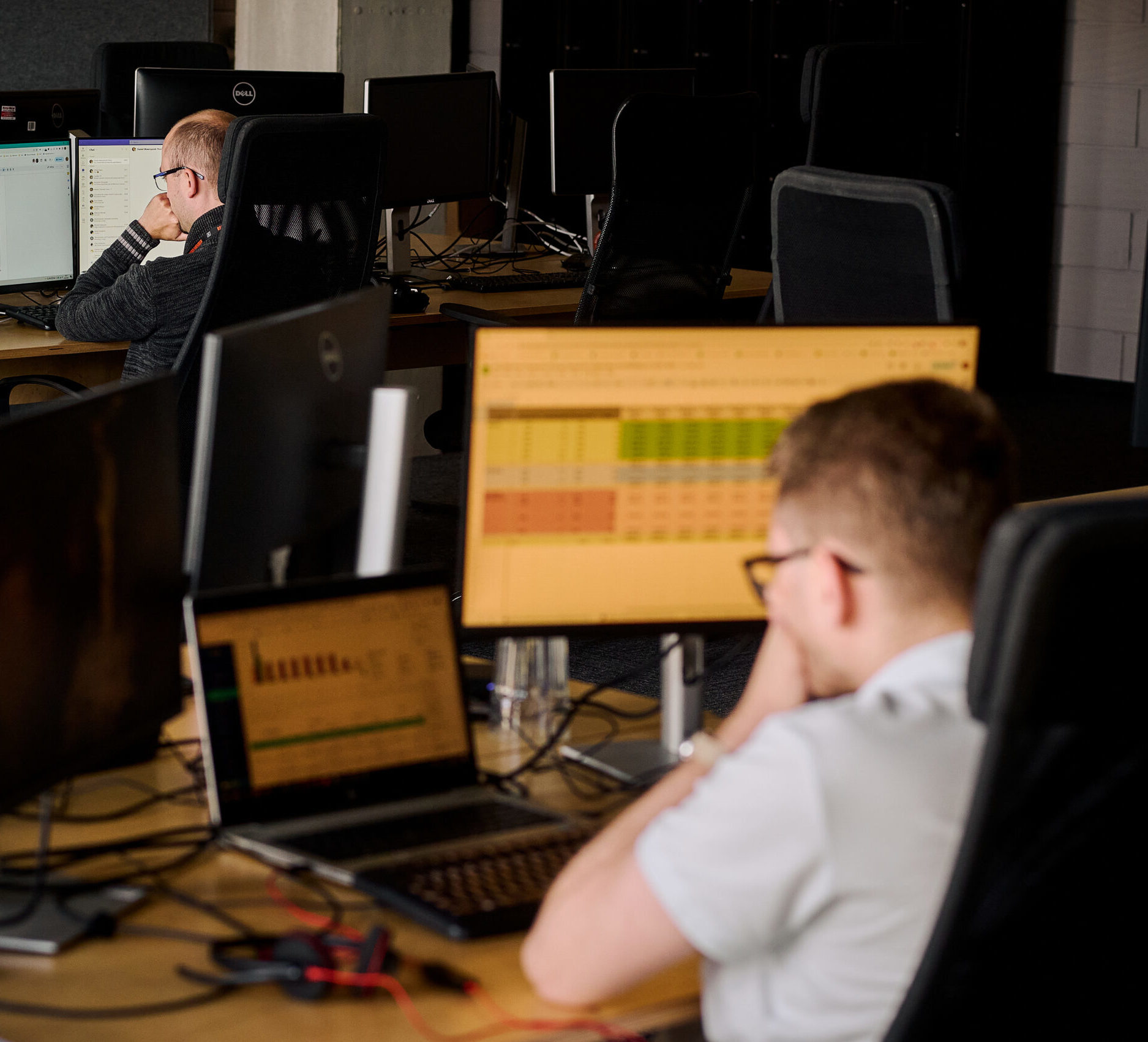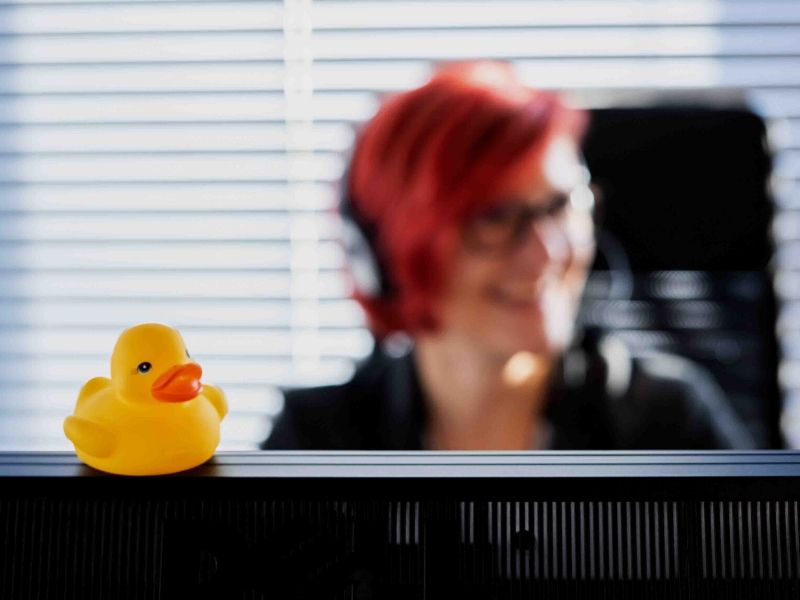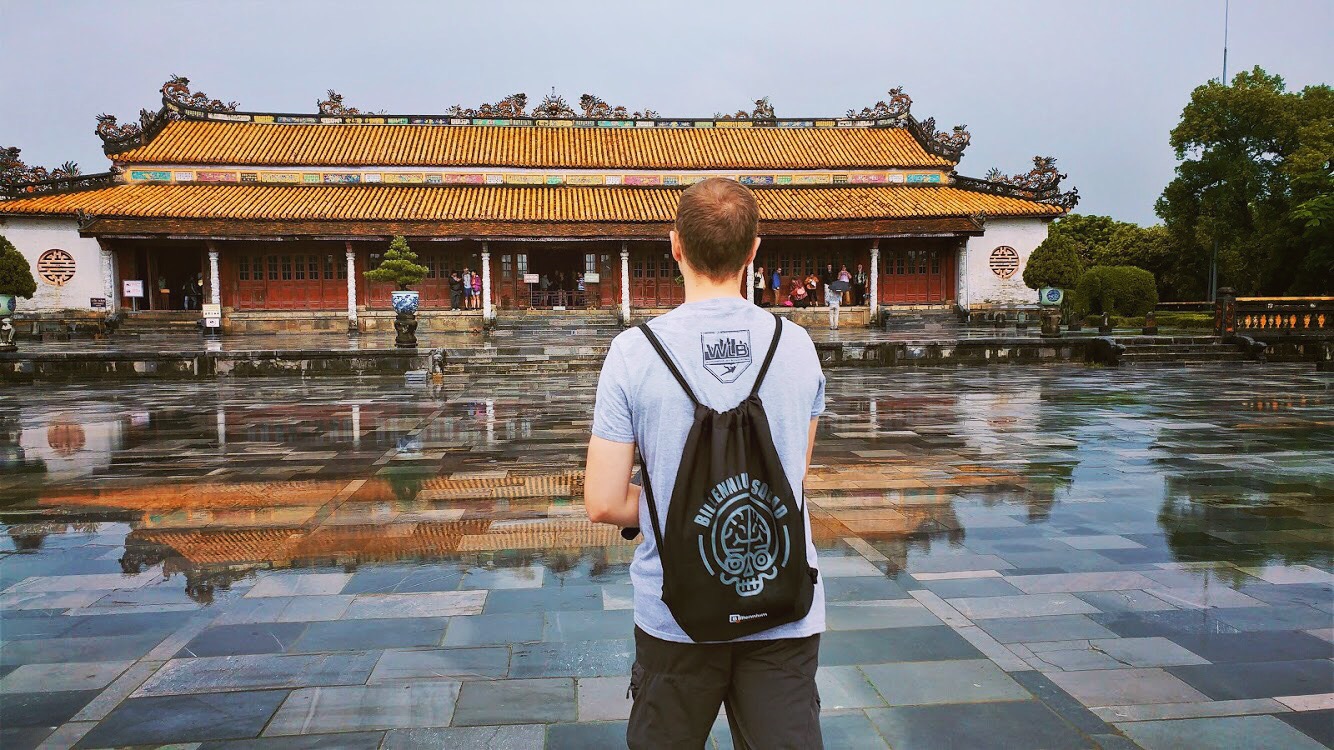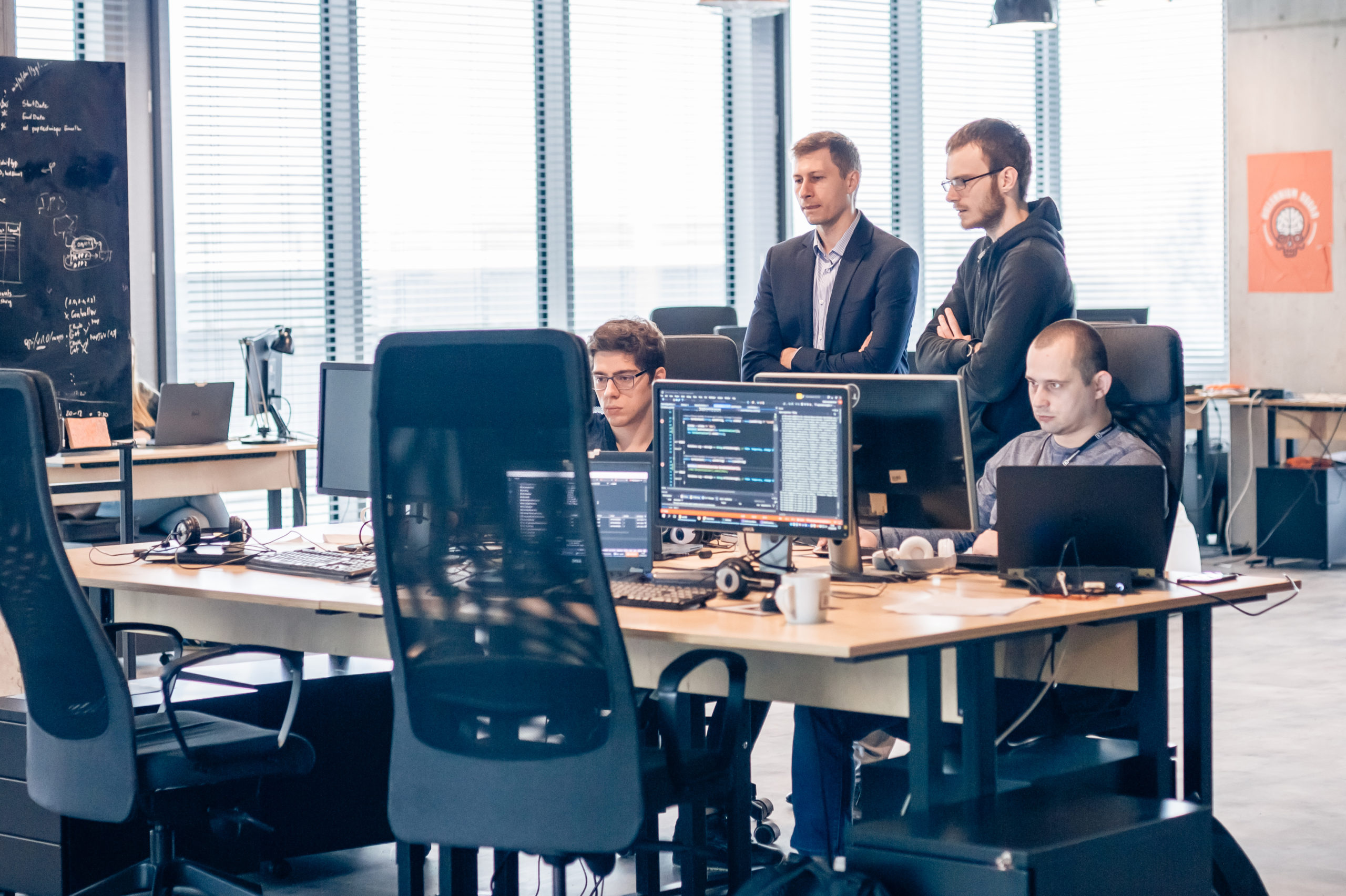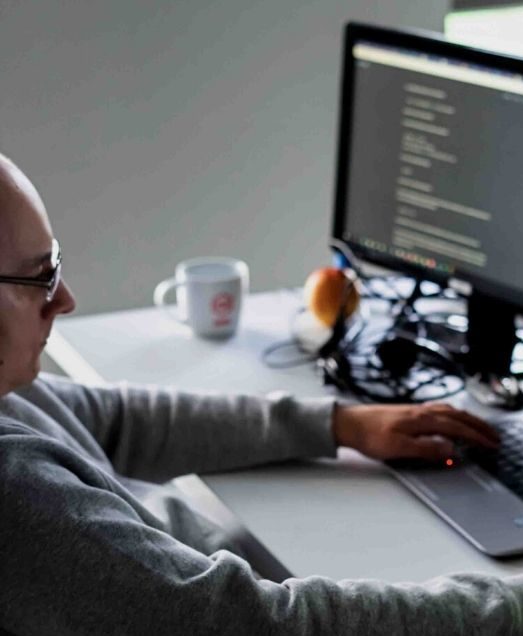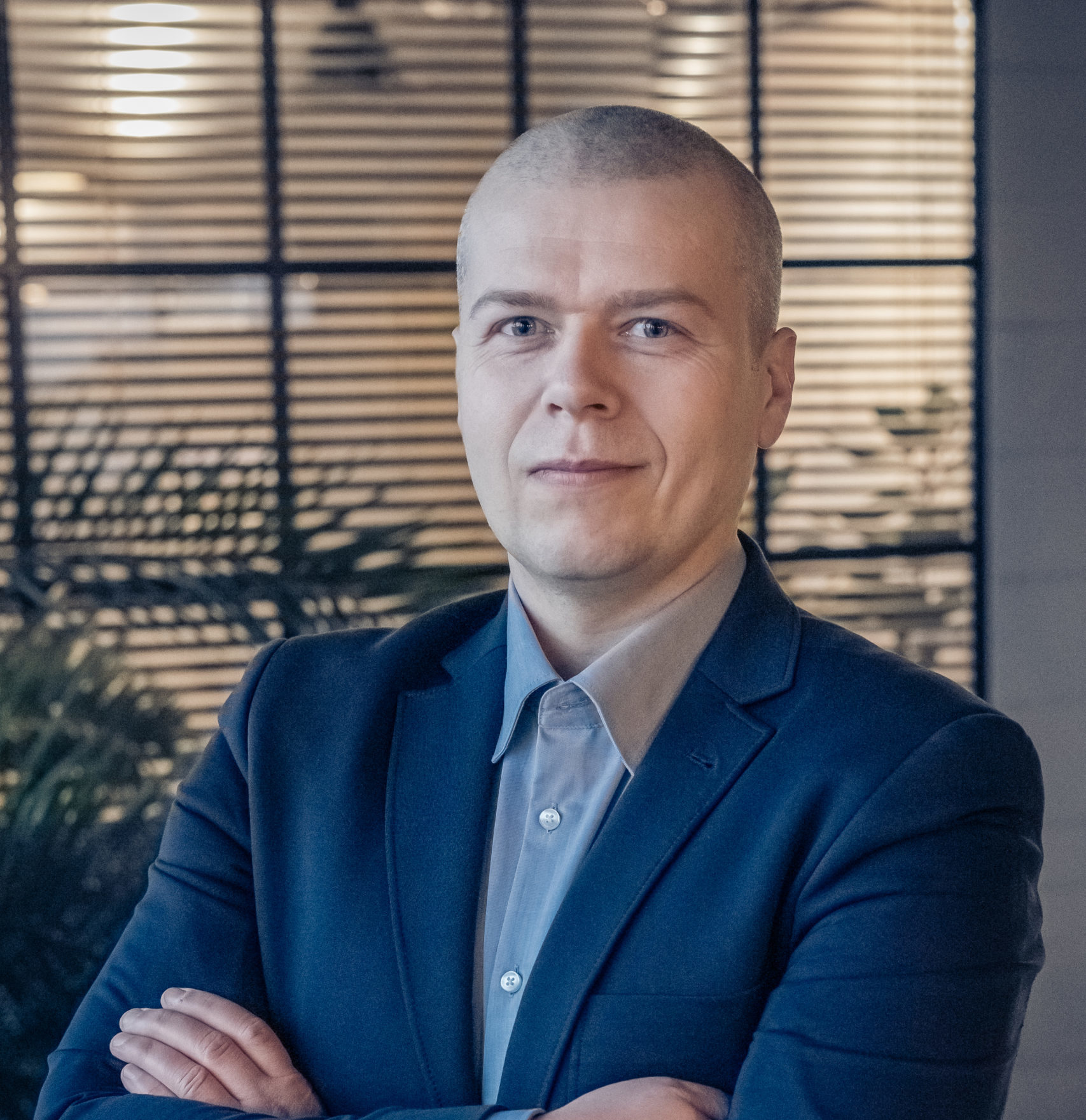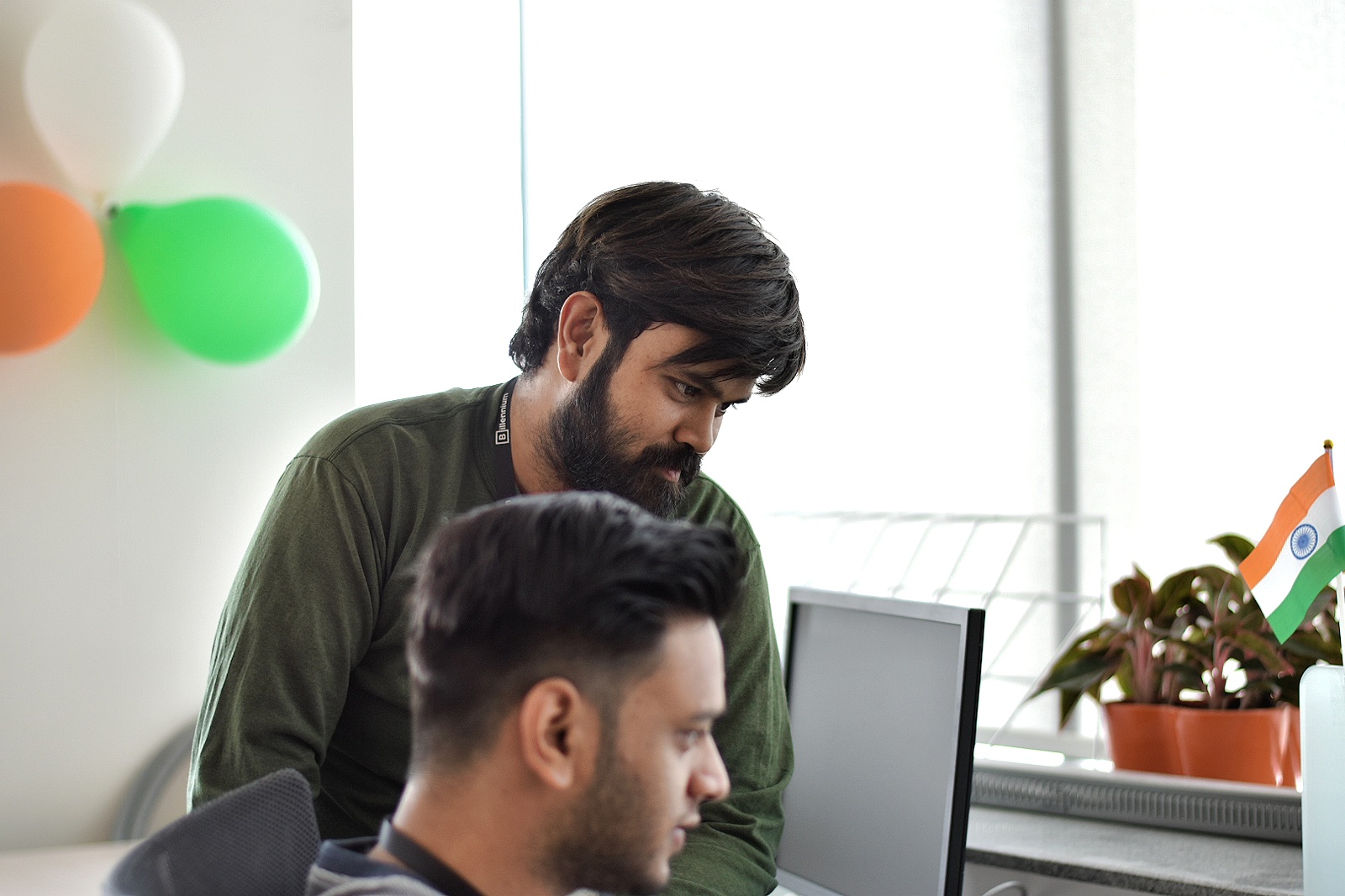Technology is inextricably linked to labour. We have to be aware of the constant interweaving of creation and destruction woven into their dance. Technological innovations create huge profits and, at the same time, uncontrolled disruptions in the labour markets. Both these forces are usually in balance and the status quo is difficult to undermine.
Inventing new technologies is relatively simple. It is much more difficult to convince others that it is worthwhile to apply our inventions on a large scale. William Lee, who invented the silk stockings machine, learnt it the hard way. For us, it may seem like a trivial task.
For William, too, perhaps. He was convinced of the importance, completeness and practicality of his invention. So much that, according to the procedure in force in England at the end of the 16th century, he went to the Queen to obtain a patent and permission for the mass production of his invention. To his surprise, Elizabeth I was not enchanted. In fact, she was even concerned about his invention and said:
Thou aimest high, Master Lee. Consider thou what the invention could do to my poor subjects. It would assuredly bring them to ruin by depriving them of employment, thus making them beggars.
Challenging the status quo and maintaining balance
It is now suspected that the Queen was repeating the concerns of the guild of producers and sellers of stockings, who feared that the skills of their craftsmen would become obsolete and lose their basic source of income.
It is worth mentioning that the guild’s opposition to this invention was in fact so intense that our inventor William eventually had to leave England. It is not an isolated case, by the way. We are very resistant to innovation. And the frontrunners are the ones who might lose the most from adopting innovation.
Here we come back to the initial concept of balance, where the preservation of work and technological development are directly proportional to the spread of this technological method among the public.
From one revolution to another
The last revolution – the computer revolution – has taken place in many organizations quite recently, and there are still companies that are still facing challenges.
It has eliminated routine professions and reduced the need for industrial employment. In fact it is an interesting case, as it means for workers to move from medium-paid industrial occupations to less profitable service jobs.
Created alternative is also highly paid mental professions. The echoes of the computer revolution have not passed yet, when technological innovation will overturn the situation on the labour market.
I mean the so-called ‘artificial intelligence revolution’. Once again, we will see the transformation of the economy and how we do our work. Or even whether we will continue to do it at all.
Will you win against artificial intelligence?
Companies are now at a crossroads, deciding almost blindly how to use technologies such as machine learning and deep learning. Most likely, some will see only a small increase in production in the short term.
Others will achieve breakthrough improvements in productivity, often by creating innovative solutions. But what is the difference? How to be in the second group?
The answer is insidiously simple – just understand the impact of artificial intelligence on our lives. During the previous revolution, we focused on automating successive production or work cycles.
We tried to describe them as processes, preferably linear, divided into specific steps or stages, which we treated as sequential, easy to standardize, repetitive and – above all – measurable.
Thanks to this understanding, we were able to study and analyze them basing on time and movement. However, these processes have already been described in such detail that further fragmentation with the use of new techniques will not give us much.
Technology not only for linear processes
New technologies linked to AI enable us to move away from this strict framework. We can look at business processes as more flexible, even fluid, ready to be modified to meet current requirements.
Take the example of a modern factory where we are already moving away from strict assembly lines, moving on to teams connecting “biological and mechanical agents”, i.e. people and machines operated by AI systems.
Similar combinations of agents’ capabilities (biological, mechanical, virtual, etc.) will become increasingly common. We can already see this in chatbots representing companies in social media or marketing teams, whose day-to-day tools are programs monitoring the mentions of the company in the network.
Such mixed teams are also better and better adapted to the world of changing data and market conditions. In other words, we will no longer be updating and modernizing the various processes, but rather reinventing them.
What will the new reality look like?
The balance has been shaken – innovative applications of artificial intelligence are already conquering markets and changing the rules of traditional processes. Unfortunately, due to the disruptive nature of these transformations and their precedent nature, we are unable to predict exactly what changes will occur.
Until now, it has been assumed, as in PwC or Accenture (Human+Machine: Reimagining Work in the Age of AI), that they will be most painfully felt by representatives of repetitive and routine professions.
However, new Brookings research differentiates the approach to this revolution by robotics (affecting manufacturing industry and factory work), automation (affecting repetitive occupations such as data entry specialists), and artificial intelligence (affecting educated and well-paid people, from radiologists to programmers).
In practice, this means that virtually everyone can be affected by these changes. It is a difficult task if even possible, to determine which specialists will be affected and to what extent.
However, we may be tempted to create three categories defining the impact of artificial intelligence on specific professions. Algorithms and/or machines can:
- Replace certain professions,
- Support others,
- Create a new one.
Undoubtedly, however, we should prepare for these changes by actively monitoring the impact of technology on the duties we perform and integrating them as widely as possible into our daily use.

